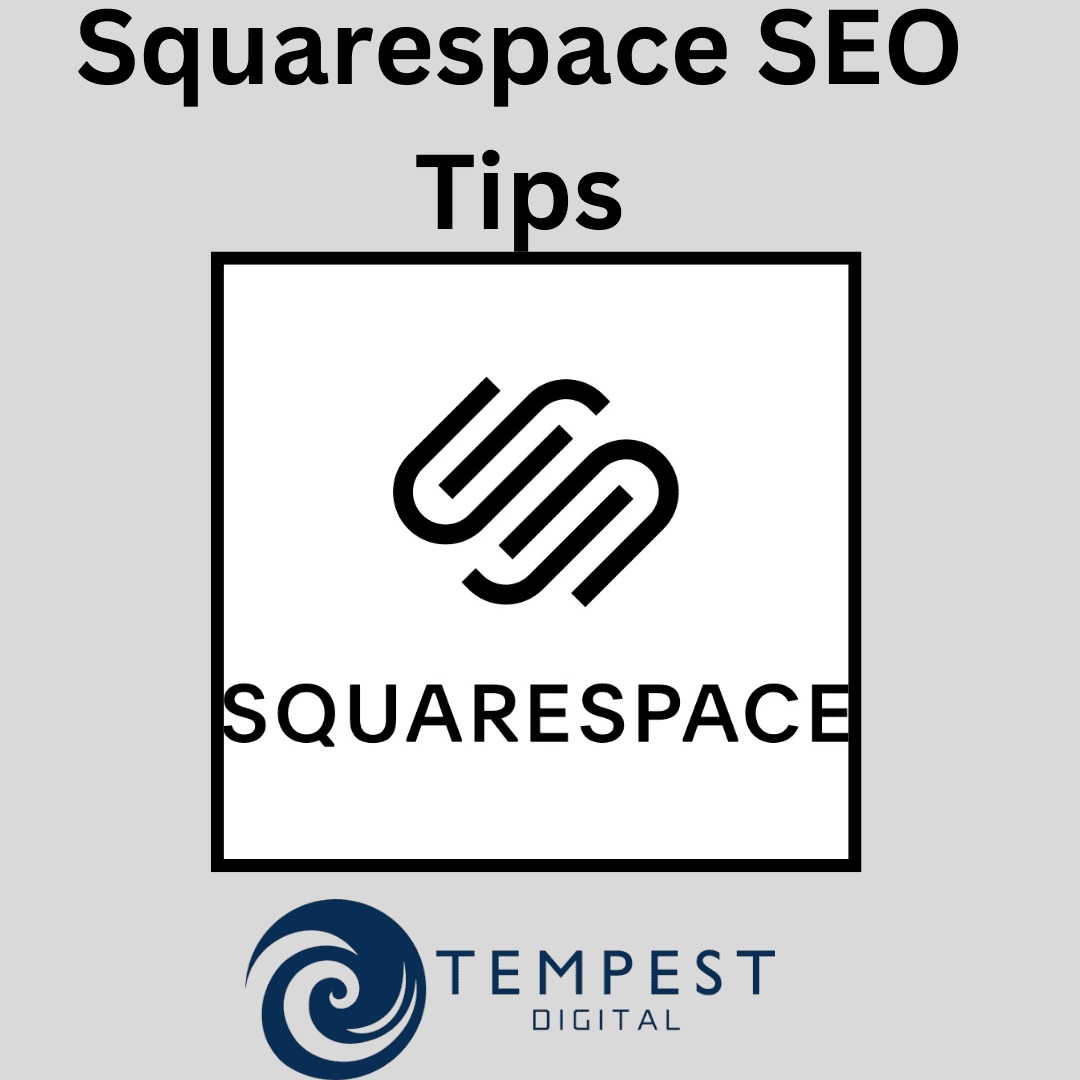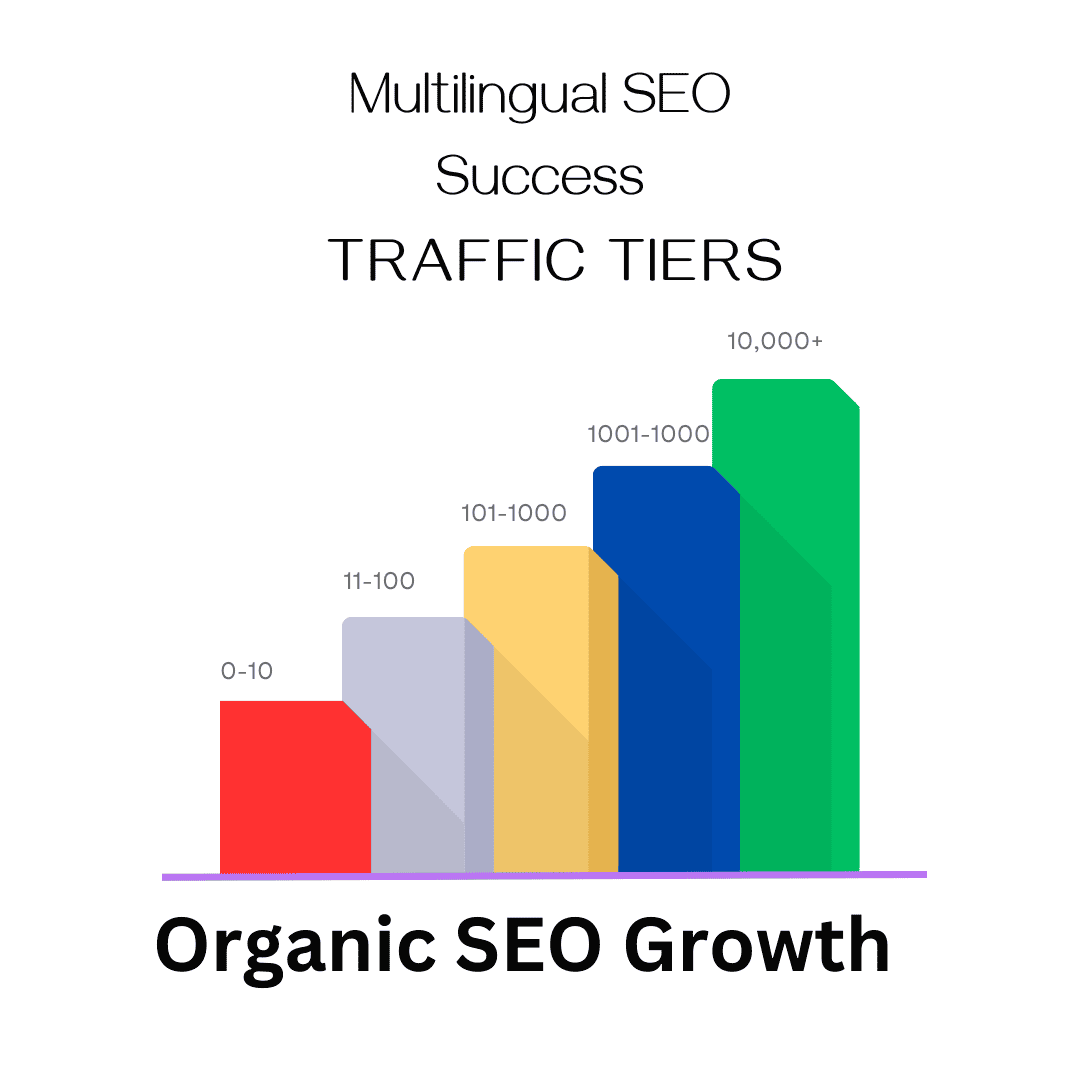What is SEO?
Search Engine Optimization (SEO) is the process of optimising your website’s visibility and ranking on search engine results pages (SERPs). By improving the SEO of your website, you can increase the number of visitors to your site, which can lead to more customers and revenue for your company.
Keyword research is an essential aspect of SEO. This entails determining the keywords and phrases that potential customers use to search for products or services similar to yours. Once you’ve compiled a list of keywords, you can use them to optimise the content, meta tags, and URLs of your website. This includes including keywords in your website’s title tags, meta descriptions, and header tags, as well as making sure your URLs are structured in a way that search engines can understand.
Building backlinks to your website is a significant factor of SEO. Backlinks are links pointing to your website from other websites. They can help to improve your website’s exposure and ranking on SERPs and are regarded as a vote of confidence in the content of your website. You can encourage other websites to link to your website in order to increase your backlink profile, or you can provide excellent content that other websites will want to link to naturally.
5 key elements to focus on when starting with your SEO Strategy
1. Improving your site speed:
Working to improve the speed upon which your website loads, It’s essential to optimize your website’s loading speed so that it loads quickly for both users and search engines. Search engines tend to favor websites that load quickly. This can be achieved by using a content delivery network (CDN) to distribute the content of your website, compressing images and videos, limiting CSS and JavaScript files, to name a few.
2. Creating a mobile Friendly website:

Make sure your website is mobile-friendly is an essential component with your website as more and more people are utilising smartphones to access the internet. It should therefore be prepared for touch-based navigation and small screens. Using a responsive design, which changes the layout of your website depending on the device it’s being viewed on, and using larger text and buttons for simple tapability are some of the best practices for developing a mobile-friendly website. By making your website mobile-friendly, you may enhance the mobile user experience and raise the likelihood that it will do well in search engine results pages (SERPs).
3. Implementing Structured Data:
Structured data is a technique of marking up your website’s content enough so search engines could really better understand it. Structured data can be added to your website using schema.org vocabulary, which is an accumulation of tags that can be added to the HTML code of your website. By using structured data, you can also provide search engines with more data about the content of your website, which can help to improve how well it appears on SERPs.
Structured data can be used in a variety of ways to mark up a website’s content and make it easier for search engines to understand. Some of the most common types of structured data include:
Schema.org:
Schema.org is an accumulation of tags that, when added to the HTML code of a website, grant search engines supplementary information about the content of that website. Schema.org includes a broad range of tags that may be applied to a range of content types, such as publications, events, product reviews, and service reviews.
Microdata:
This is an accumulation of tags that can be incorporated to a website’s HTML code to give additional information more about website’s content to search engines. Similar to Schema.org, Microdata is not as broadly supported by search engines.
JSON-LD:
JSON-LD (JavaScript Object Notation for Linked Data) is a data structuring format which may be added to the HTML code of a website. It is increasing in popularity because it is easier to implement and it is less likely to be influenced by alteration to the site’s HTML code.
RDFa:
RDFa (Resource Description Framework in Attributes) is a sequence of tags that may be added to a website’s HTML code to give additional information about the website’s content to search engines. It’s similar to Microdata and Schema.org, but search engines do not really sustain it as widely.
Open Graph:
Open Graph is a set of tags which can be added to a website’s HTML code to reveal additional information about the website’s content to search engines. It’s especially crucial for effective media sharing because it grants you control about how your website’s content might seem whenever it’s shared on social media platforms.
However, it’s important to note that not all types of structured data are equally supported by search engines, and it’s important to choose the right type of structured data depending on your website’s content and the search engines you would like to rank on.
4. Enhancing your website’s aesthetic appeal and visibility on search engine results pages (SERPs) is possible by optimising your photos and videos:

Use pertinent keywords in the file names and descriptions of your photographs and videos to make sure they are optimised for search engines. You may also include transcripts for videos and alt tags for photos to aid search engines in comprehending the content of the media files. Here are some recommended plugins on WordPress:
There are several WordPress plugins that can be used to optimize images on a website. Some popular options include:
WP Smush:
This plugin compresses images as they are submitted to the website, that can help to reduce file size without compromising the image quality. You could also bulk preconfigure existing images on your website.
EWWW Image Optimizer:
This plugin has a key component of optimising images automatically as they are uploaded to the website, while also enables you to bulk optimise established your website’s images. This also allows you to optimise images by converting them to a more preferred file format.
ShortPixel Image Optimizer:
This plugin automatically optimizes images as they are uploaded to the website, and it also allows you to bulk optimize existing images on your website. It also allows you to keep a webp version of the images which is a new format that is smaller than jpeg or png but with a good quality.
Optimole:
Such an plugin is a cloud-based image optimisation provider that instantaneously optimises images upon being uploaded to the website but also allows you to bulk optimise existing images. It also allows you to save a webp version of such images and has a lazy-loading feature to help your website process faster on search engines.
Lazy Load:
Such a wordpress feature is a cloud-based image optimisation plugin that instantaneously optimises images upon being uploaded to the website and also allows you to bulk optimise existing images. It also allows you to store a webp version of such images and has a lazy-loading feature to help your website process faster on search engines.
5. Producing top-notch content:
Producing top-notch content: SEO depends on upper edge, pertinent material. It will benefit your clients as well as increase the visibility and rating of your website on search engine results pages. Use headers and subheadings to make it simple for readers to skim the information while developing content, and provide internal and external connections to other pertinent pages. When writing for your target audience, keep the user’s objective in mind. Additionally, make sure that new and pertinent information is consistently added to your website. It is also worth noting that Keyword stuffing refers to the practice of including too many keywords in a webpage’s content in an attempt to manipulate the webpage’s ranking on search engine results pages (SERPs). This practice is considered to be a form of spamdexing and is frowned upon by search engines.
Finally, to conclude this article SEO is a crucial aspect of growing a business. By implementing the right strategies, a business can improve its search engine rankings and reach more potential customers. However, it’s important to avoid manipulative tactics and focus on creating high-quality, relevant content that addresses the user’s intent. With the right approach, a business can achieve long-term growth through SEO.



